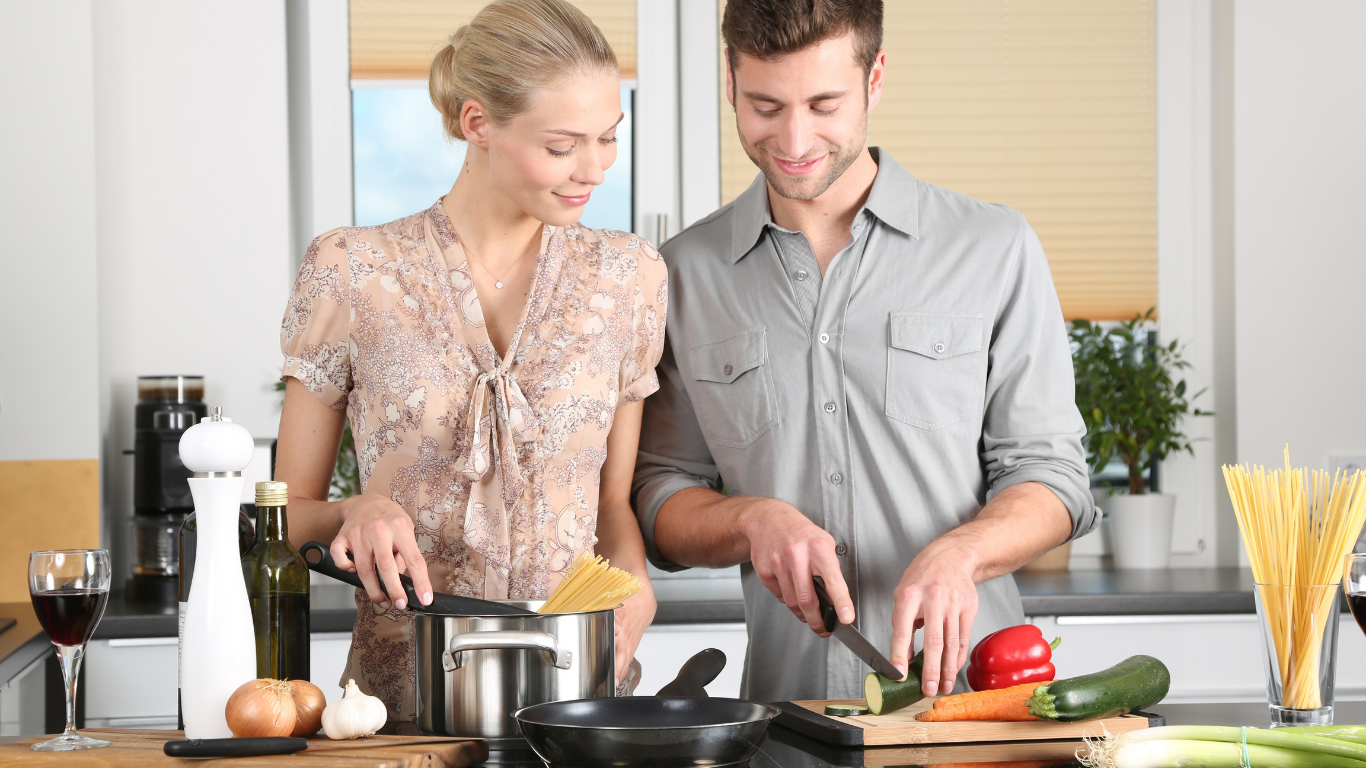Home-cooked meals are an important part of the Indian household. It has been a part of our lifestyles since the beginning of time and as time progresses the way of cooking these meals progresses too.
It had started from cooking directly on fire to using pots and pans on the chullas to the LPG stoves. LPG now has become a very important part of our day-today life.
LPG Cylinders are available in various sizes such as 5Kg, 19Kg, 47.5 Kg. People whose LPG requirement is low can use a 5Kg cylinder. Bharat Gas Mini is one of the convenient choices for those students who are staying away from their family and any person who just shifted to another city and love to make their own food.
Listed below are a few tips and tricks to help save you a mean penny all the while using you cylinders to its maximum.
Place your pot/pan to cover the flame entirely:
Whenever cooking make sure that the pan or pot that you are using covers the flame of the burner entirely. If the flames from the burner are licking the sides of the vessel then either lower the flame of the burner or change it for a smaller one.
Cover the vessel when you cook:
When vessels are left open, the heat that is being created in the food escapes at a faster rate. This causes the food to take longer to cook or heat. If the food is properly covered, the heat stays in the vessel, cooking the food at a faster rate.
Use a pressure cooker whenever possible:
It is no secret that food cooks quickly when cooked under pressure. Because of this, use of pressure cooker could reduce the time consumption in cooking your meals by a great deal.
Reduce the flame to low once the food starts boiling:
Once the food or liquid that you are cooking starts boiling, it means that the heat has been absorbed into the food and it can now cook at a faster pace. Once this threshold is reached, the food doesn’t require high amount of heat. Low flame of the burner can cook the meal in just the same time, while saving you a great deal of money.
Make sure to use completely dry vessels for cooking:
When the vessel is wet, it takes a short while to first dry the vessel and then start cooking the food. This means that the burner has to use more gas. If a completely dry vessel is used, this can be avoided.
Clean your burners regularly:
All burners have tiny holes in them to allow the passage of gas. If these holes are clogged, the gas that they get doesn’t burn to flame and simply escapes the burner. This means, that the amount of gas you use stays the same but the food takes longer to cook. Make sure to clean the burners on a regular basis to avoid this.
Use a flat-bottomed vessel:
When a flat bottomed vessel is used, the heat from the flame is evenly distributed to make cooking easier and better.
Prep your ingredients beforehand:
Before you turn on your flame to start cook your food make sure that all the chopping, cutting, seasoning, rolling or anything else that your ingredients need is done beforehand to avoid wasting time while cooking on flame.
Measure your ingredients:
While cooking make sure that the amount of something you use is accurate. It should not happen that while cooking rice, you put a little too much of water because then it will take longer for that water to evaporate hence taking your rice longer to cook. Nor should it happen that you haven’t put enough water because of which the rice is undercooked and you have to add extra water along the way. It will take longer to cook your rice than necessary.
Use quality vessels for cooking:
Using vessels made of stainless steel or copper, which are good conductors of heat makes your cooking time less, saving you to use too much of gas.
Choose the correct burner:
Often times, the base of the vessel is smaller than the burner. This will cause the quality of your vessel to decrease as the flames will start licking the sides of the vessel. Make sure the size of the burner is right and that the flames don’t lick the sides.
Cook in large quantities:
You can always cook in large quantities and then store the extra in the fridge for later. These extras can always be reheated later to use. This saves time as the original cooking time is reduced.
Make sure the flame is blue:
When cooking food always make sure that the flame is always blue. This shows that the gas is going through complete combustion. If you see a yellow or an orange flame it means that complete combustion isn’t happening and that the gas is being leaked or the noose connected to the cylinder is loose.
Never use refrigerated food directly:
Refrigerated food is colder than the room temperature which is heated directly will take longer to heat. Make sure that the food from the fridge rests, and comes to a room temperature before heating.
Check for leaks regularly:
If the cylinder starts leaking, there is a possibility that the gas is getting accumulated in your kitchen causing a blast when you turn on your gas. To avoid such hazards keep an eye out for leaks.
Conclusion
Although these tips will help you save a good amount of money to help you financially, in the longer run it is better to switch your LPG for an induction stove.
